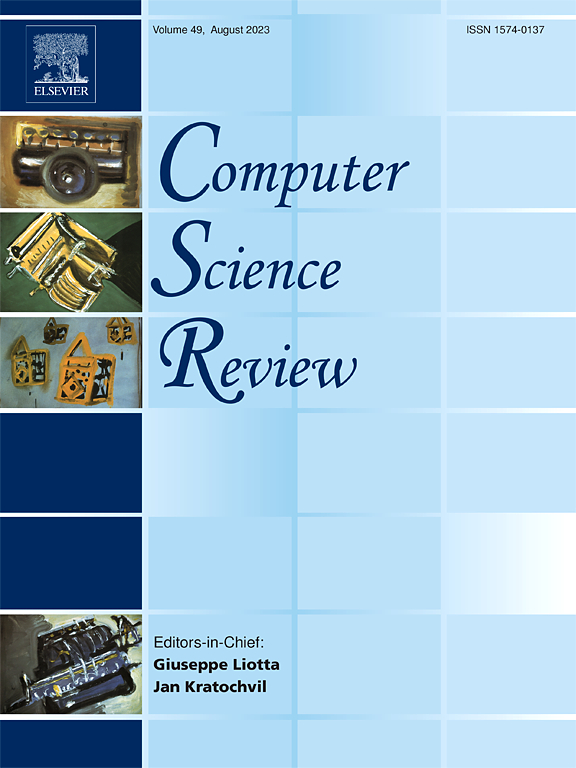A survey of deep learning techniques for detecting and recognizing objects in complex environments
IF 13.3
1区 计算机科学
Q1 COMPUTER SCIENCE, INFORMATION SYSTEMS
引用次数: 0
Abstract
Object detection has been used extensively in daily life, and in computer vision, this sub-field is highly significant and challenging. The field of object detection has been transformed by deep learning. Deep learning-based methods have shown to be remarkably effective at identifying and localizing objects in images and video streams when it comes to object detection. Deep learning algorithms can precisely locate and localize objects inside photos and videos because of their capacity to learn complex and nonlinear patterns in data. Deep learning models may also be trained on big datasets with minimal human intervention, allowing them to rapidly improve their performance. This makes deep learning models useful for applications such as self-driving cars, recognizing faces, and healthcare diagnosis. The purpose of this study was to gain an in-depth understanding of the primary state of development for the object detection pipeline in complex environments. Initially, this study describes the benchmark datasets and analyzes the typical detection model, and then, the paper systematic approach covers both one-stage and two-stage detectors, giving a thorough overview of object detection techniques in complex environments. We also discuss the new and traditional applications of object detection. In the end, the study reviews how well various topologies perform over a range of parameters. The study has covered a total of 119 articles, of which 27% are related to one-stage detectors, 26% to two-stage detectors, 24% to supporting data related to deep learning, 14% to survey articles, 8% to the datasets covered in the study, and the remaining 1% to the book chapters.
复杂环境中检测和识别物体的深度学习技术概览
物体检测在日常生活中得到了广泛应用,在计算机视觉领域,这一子领域意义重大且极具挑战性。深度学习改变了物体检测领域。在物体检测方面,基于深度学习的方法在识别和定位图像和视频流中的物体方面效果显著。深度学习算法能够精确定位和定位照片和视频中的物体,因为它们能够学习数据中复杂的非线性模式。深度学习模型还可以在极少人为干预的情况下在大型数据集上进行训练,从而快速提高性能。这使得深度学习模型在自动驾驶汽车、人脸识别和医疗诊断等应用中大显身手。本研究的目的是深入了解复杂环境中物体检测管道的主要发展状况。首先,本研究介绍了基准数据集,分析了典型的检测模型,然后,论文系统性地介绍了单阶段和双阶段检测器,全面概述了复杂环境中的物体检测技术。我们还讨论了物体检测的新应用和传统应用。最后,研究回顾了各种拓扑结构在一系列参数下的性能表现。本研究共涉及 119 篇文章,其中 27% 与单级检测器有关,26% 与两级检测器有关,24% 与深度学习相关的辅助数据有关,14% 与调查文章有关,8% 与研究中涉及的数据集有关,其余 1%与书籍章节有关。
本文章由计算机程序翻译,如有差异,请以英文原文为准。
求助全文
约1分钟内获得全文
求助全文
来源期刊

Computer Science Review
Computer Science-General Computer Science
CiteScore
32.70
自引率
0.00%
发文量
26
审稿时长
51 days
期刊介绍:
Computer Science Review, a publication dedicated to research surveys and expository overviews of open problems in computer science, targets a broad audience within the field seeking comprehensive insights into the latest developments. The journal welcomes articles from various fields as long as their content impacts the advancement of computer science. In particular, articles that review the application of well-known Computer Science methods to other areas are in scope only if these articles advance the fundamental understanding of those methods.
 求助内容:
求助内容: 应助结果提醒方式:
应助结果提醒方式:


